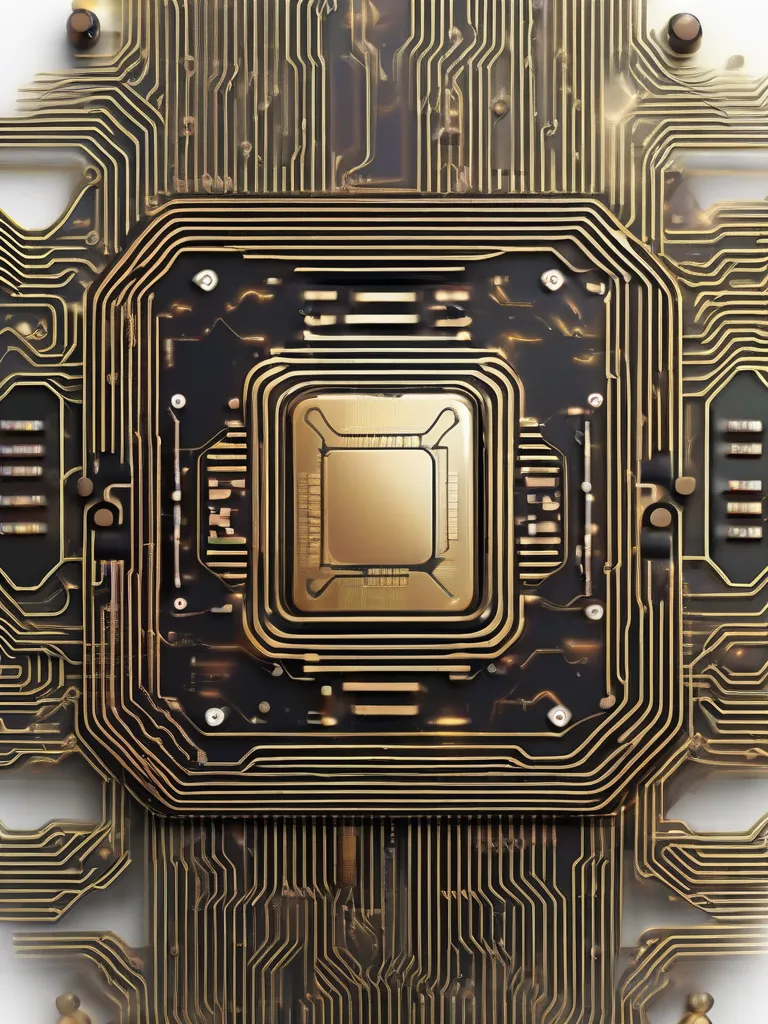OpenAI is set to dive into the chip-making game, aiming for a 2026 launch. This could change the landscape of AI hardware, but let’s unpack the implications.
The Big News
OpenAI has announced plans to create its first AI chip, targeting a 2026 release. This news has sparked conversations about what this could mean for the future of AI. Historically, OpenAI has focused on software—think GPT models and DALL-E. Now, they are stepping into hardware. This shift raises questions about competition, efficiency, and the future of AI development.
Developing a dedicated AI chip could enhance performance, speed, and energy efficiency. Instead of relying on existing chips from companies like NVIDIA, OpenAI could optimize their hardware for specific tasks. This move echoes the strategy of tech giants like Apple, who have successfully designed their own chips to meet their unique needs.

Why Now?
Why is OpenAI making this move now? The landscape of AI is changing rapidly. With increasing demand for AI applications, having a custom chip could provide a competitive edge. Existing chips struggle to keep up with the growing demands of AI models. OpenAI’s decision to enter the chip market may be a response to these challenges. It’s akin to building a custom car instead of relying on off-the-shelf parts.
In the tech world, timing is everything. OpenAI’s shift might position them as leaders in AI hardware. As they develop this chip, they’ll likely innovate beyond current capabilities. This could lead to breakthroughs in AI performance that we can hardly imagine today.

The Competition
OpenAI’s entry into the chip market means more competition. Companies like NVIDIA and AMD have dominated this space, but new players can shake things up. OpenAI’s chip could cater specifically to their models, potentially lowering costs and increasing efficiency.
This competition could benefit consumers too. More players in the market often lead to better products and prices. Think about it: when more companies vie for attention, innovation tends to flourish. It’s like a friendly rivalry on the playground—everyone gets better at the game.
Personal Reflection
When I first heard about OpenAI’s chip plans, I had a flashback to my childhood. I remember tinkering with gadgets, trying to make them do things they weren’t designed for. I once transformed an old radio into a makeshift speaker system for my cassette player. It worked, sort of.
OpenAI’s journey feels similar. By investing in their own hardware, they’re trying to optimize and innovate beyond the limits of existing technology. It’s a bold move, reminiscent of a kid with a toolbox, ready to build something entirely new.

Looking Ahead
As we look to 2026, the anticipation builds. Will OpenAI’s chip live up to the hype? The tech community will be watching closely. In an era where AI is becoming integral to our lives, improvements in hardware directly impact software capabilities.
If OpenAI succeeds, we might see a leap in AI applications, making them faster and more accessible. This could change how we interact with technology in everyday life. Imagine a world where AI understands you better, predicts your needs, and learns from your preferences seamlessly. Sounds dreamy, doesn’t it?
Final Thoughts
OpenAI’s venture into chip development reflects a broader trend in tech: the merging of hardware and software. This could lead to innovation we have yet to see. As we await their 2026 launch, let’s keep our eyes peeled for what’s next. Who knows? We might just be on the brink of something extraordinary. Until then, I’ll be here, cheering them on from the sidelines while contemplating my next DIY project—perhaps a smart toaster?
